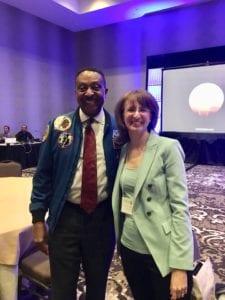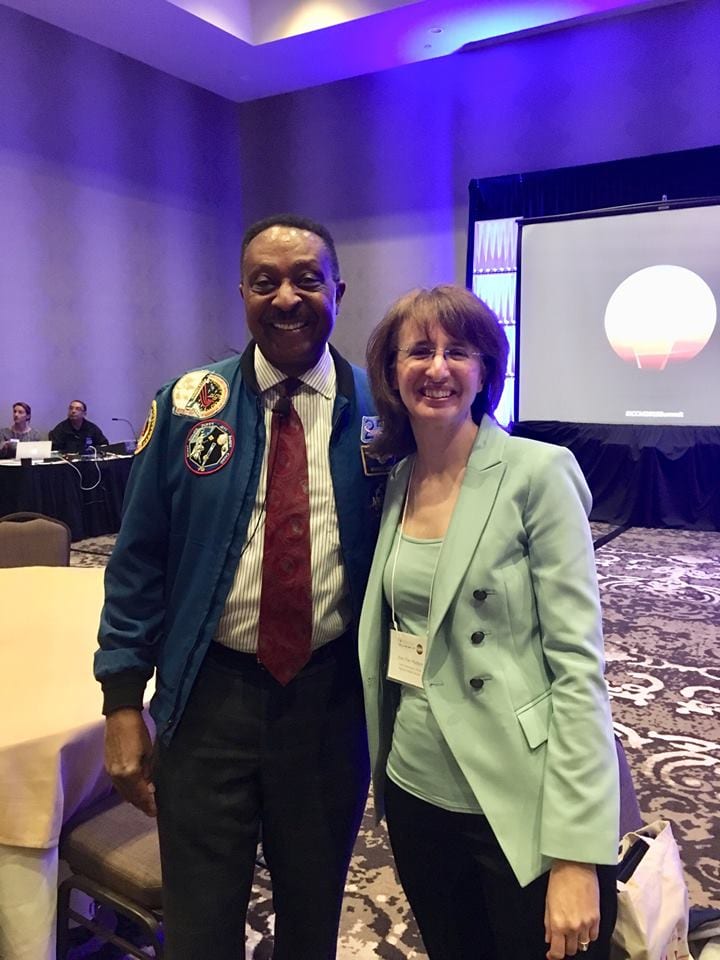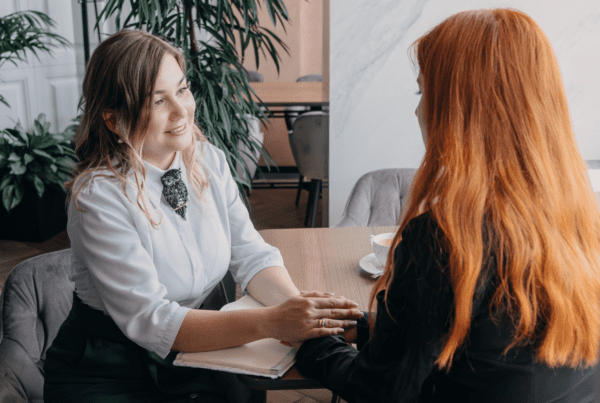 I recently attended the Institute for Cross Cultural Management 2018 Summit (http://research3.fit.edu/iccm/) in Orlando, Florida. The event inspired me and gave me the strength to continue my mission of compassionate courage in these difficult times. The highlights of the Summit were numerous, including an energizing conversation with astronaut Winston Scott, working on a case study for the Buzz Aldrin Space Institute, and exploring cultural dilemmas with scholar Dr. Fons Trompenaars.
I recently attended the Institute for Cross Cultural Management 2018 Summit (http://research3.fit.edu/iccm/) in Orlando, Florida. The event inspired me and gave me the strength to continue my mission of compassionate courage in these difficult times. The highlights of the Summit were numerous, including an energizing conversation with astronaut Winston Scott, working on a case study for the Buzz Aldrin Space Institute, and exploring cultural dilemmas with scholar Dr. Fons Trompenaars.
Today I want to share a takeaway from the conference that I believe to be crucial for making progress through the division that is spreading its way throughout the globe.
I have written a few times before about the power of the word “and” rather than “or” for resolving cultural issues. In our master workshop at the ICCM Summit, Dr. Trompenaars suggested we go beyond either of those terms and consider the word “through.”
For example, does a great leader need courage or compassion? Using “or” forces us to choose.
One could say a great leader needs courage and compassion. Though this option is better than “or”, the statement may still limit us to two existing things getting combined.
What if we instead asked, “What could a leader learn about courage through compassion? And vice versa?”
Through courage, a great leader learns about speaking up for what she feels is right, motivating others, taking a stand, and following her moral compass. In that process, the leader will consciously or unconsciously seek examples of courage by looking to her role models, books, social media, or personal contacts. Through that examination, she may gain empathy and compassion for others who have faced difficulties in leadership, or who have been victims of corrupt leaders. She may then widen her definition of courage after hearing a variety of stories about it.
Through different lenses of courage the leader learns about compassion. Through compassion she learns to expand her definition of courage, and is therefore able to speak to a wider audience, to be more aware of different cultural/personal contexts, and to increase the impact of her message. With the power of “through” she has given herself more options for accomplishing her goals.
Robert Frost once said, “The only way out is through.”
If we are to make any progress with the most pernicious of our social challenges today, we need to make our way through, not around. Yes, there is discomfort is going through, but as Dr. Trompenaars shared with us this weekend, “Innovation is connecting things that seem contradictory.” Whether it is larger societal issues like race and immigration, or organizational dilemmas such as global vs. local standards for customer service, we need imagination and fresh ideas, not denial. As author Jerry Glover says, we don’t need to think outside the box; we need a new box!
I invite you to test the power of “through” in your work or personal life today. While not everything is a dilemma (some things do have a clear right and wrong), we can encourage opposites to connect for expanded options.
- Through listening to an opposing view on gun control I may learn some facts that make my letter to my congressman more effective.
- Through examining local standards for customer service in Vietnam, I might implement a new aspect of our global service standard.
- Through learning another language, I learn the roots of words in my language or new and different roots that give me better options for communicating my message.
- Through building a relationship with my team outside of projects, I increase the efficiency of our meetings because team members already feel valued by me.
“Through” is more difficult than “or” but it is more rewarding. I hope that through open dialogue, we can go through this journey together.




